New Hampshire
TPF Noob!
- Joined
- Jan 16, 2007
- Messages
- 250
- Reaction score
- 2
- Location
- Goffstown, NH
- Can others edit my Photos
- Photos OK to edit
Ok, I will show my noobieness (is that even a word!?  ) by asking this question, but:
) by asking this question, but:
I read about other photographers here liking slide film like Velvia for Landscape pictures (the area Im interested in photography.) Whats the difference between "regular" film and "slide" film (yes I know what a slide is, just what the difference is what I mean .)
.)
Also, can you still make prints from slide film? Like say, can I take slide film down to the local developer and have them make prints, or can "slide" film only be used to make slides unless scanning and printing out of photoshop?
Thanks,
Brian
 ) by asking this question, but:
) by asking this question, but:I read about other photographers here liking slide film like Velvia for Landscape pictures (the area Im interested in photography.) Whats the difference between "regular" film and "slide" film (yes I know what a slide is, just what the difference is what I mean
Also, can you still make prints from slide film? Like say, can I take slide film down to the local developer and have them make prints, or can "slide" film only be used to make slides unless scanning and printing out of photoshop?
Thanks,
Brian


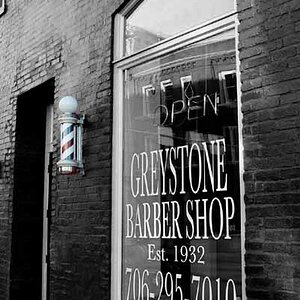
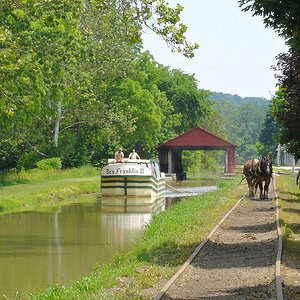


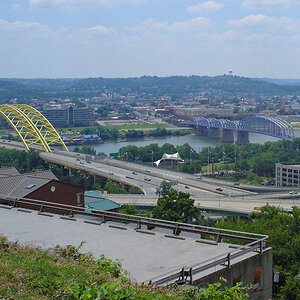
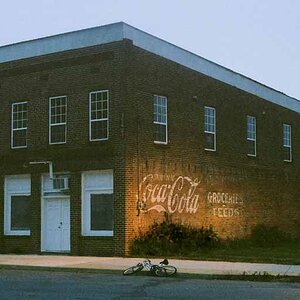

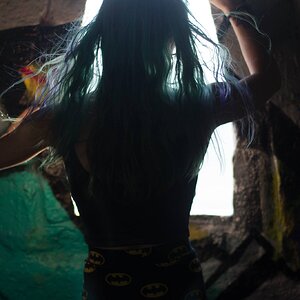

![[No title]](/data/xfmg/thumbnail/31/31039-558cdb3d311dc67b7a2134527e230488.jpg?1619734582)

![[No title]](/data/xfmg/thumbnail/41/41929-26c4134c150c4c6befd5f544a5223aaf.jpg?1619739946)